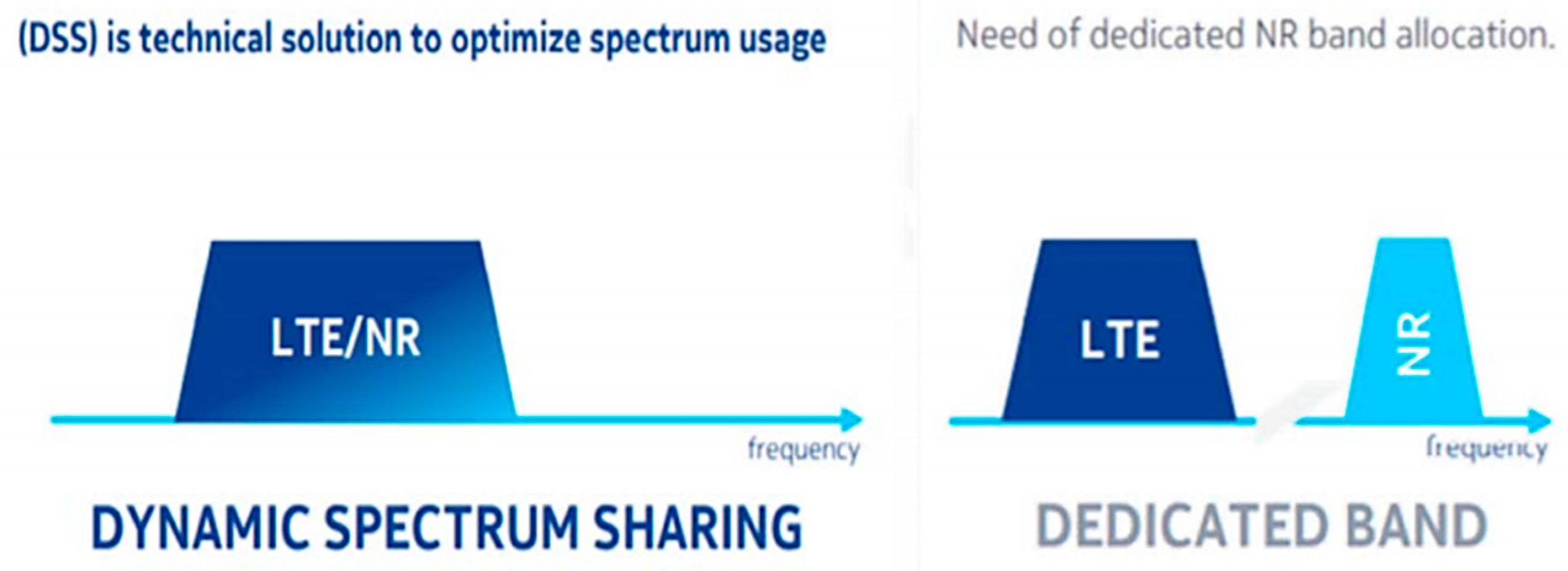How Dynamic Spectrum Sharing Powers the Future of 5G Networks
telcomatraining.com – The global rollout of 5G networks marks a revolutionary leap in mobile communications. As industries and consumers demand faster data, lower latency, and more connected devices, the pressure to efficiently manage the radio spectrum becomes paramount. One groundbreaking technology that enables this is Dynamic Spectrum Sharing (DSS).
DSS is a game-changer in the telecommunications world. It allows network operators to dynamically allocate spectrum resources between 4G LTE and 5G services. Instead of dedicating separate spectrum bands to each generation of mobile technology, DSS enables the same frequency bands to support both 4G and 5G users simultaneously.
What Is Dynamic Spectrum Sharing?
Dynamic Spectrum Sharing is a technology that uses software algorithms to allocate spectrum resources in real time. Traditional spectrum deployment requires separate frequency blocks for each network generation. This means telecom operators would often need to acquire new spectrum licenses—an expensive and time-consuming process.
With DSS, existing LTE spectrum can be used for 5G, enabling a faster and more cost-efficient 5G deployment. This approach leverages existing infrastructure and allows telecom companies to avoid immediate capital expenditure while still rolling out 5G services.
How DSS Works in 5G Networks
DSS uses intelligent scheduling to determine which parts of the spectrum are needed for 4G and which for 5G at any given moment. This decision is based on real-time demand, device capability, and network conditions. Because of this flexibility, DSS allows seamless coexistence between 4G and 5G users without sacrificing performance.
Advanced technologies such as Multiple Input Multiple Output (MIMO) and beamforming are often used alongside DSS to further optimize spectral efficiency and ensure a smooth user experience.
Benefits of DSS in 5G Deployment
- Accelerated 5G Rollout
DSS enables faster 5G deployment by using existing LTE spectrum. Operators don’t need to wait for new spectrum auctions or clear old frequencies from legacy networks. - Cost Efficiency
Avoiding the need for new infrastructure and spectrum licenses significantly reduces capital and operational expenses. This is especially valuable in rural or underserved areas. - Network Flexibility
Operators can adjust spectrum usage dynamically depending on demand, user location, and traffic. This helps balance network load more effectively. - Smooth User Transition
DSS supports both 4G and 5G users, ensuring that older devices continue to function while new devices benefit from 5G speeds. - Improved Spectrum Utilization
Instead of leaving parts of the spectrum underused, DSS ensures that available frequencies are always operating at full capacity.
Challenges and Considerations
While DSS offers many advantages, it is not without challenges. One concern is that the spectrum-sharing mechanism can lead to some loss in efficiency due to signaling overhead. Additionally, devices and base stations must be DSS-compatible, which may require updates or replacements in some cases.
There is also a performance trade-off in certain scenarios. For instance, DSS may not fully deliver the peak speed benefits of 5G standalone networks, especially in heavily congested areas.
The Future of DSS and 5G
As 5G adoption continues to rise, the role of DSS will grow increasingly critical. It serves as a bridge technology, enabling networks to transition smoothly from 4G to full 5G capabilities. In the long term, DSS will likely evolve to support even more advanced features as part of the upcoming 5G-Advanced and 6G frameworks.
Dynamic Spectrum Sharing exemplifies how innovation in spectrum management can drive forward the telecommunications industry. By maximizing existing resources, it not only accelerates the global 5G rollout but also lays the groundwork for future technological breakthroughs.







